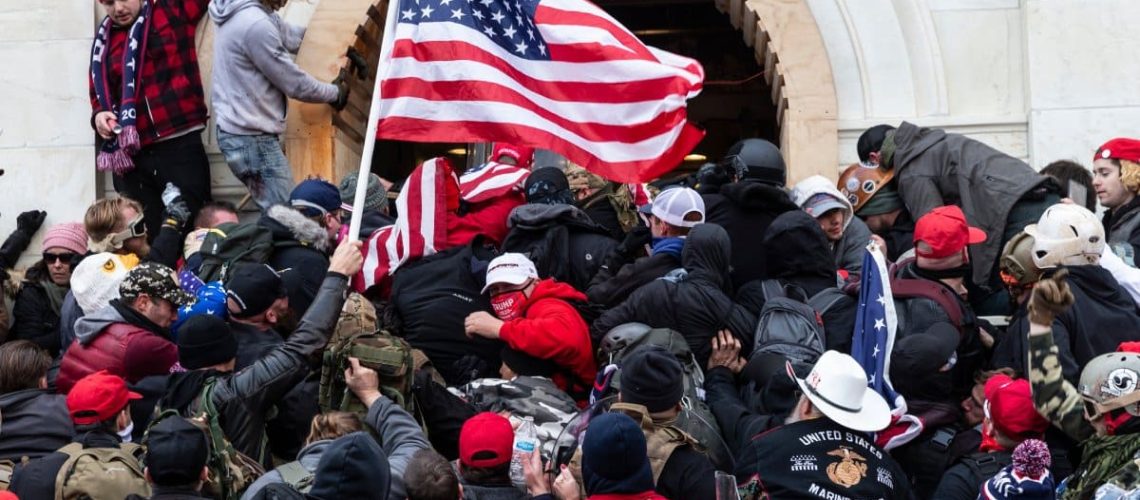Are we on the brink of a more violent political era in the United States? Recent events and data suggest that political tensions are not only high but increasingly leading to violent confrontations.
1. Assassination Attempt on Donald Trump
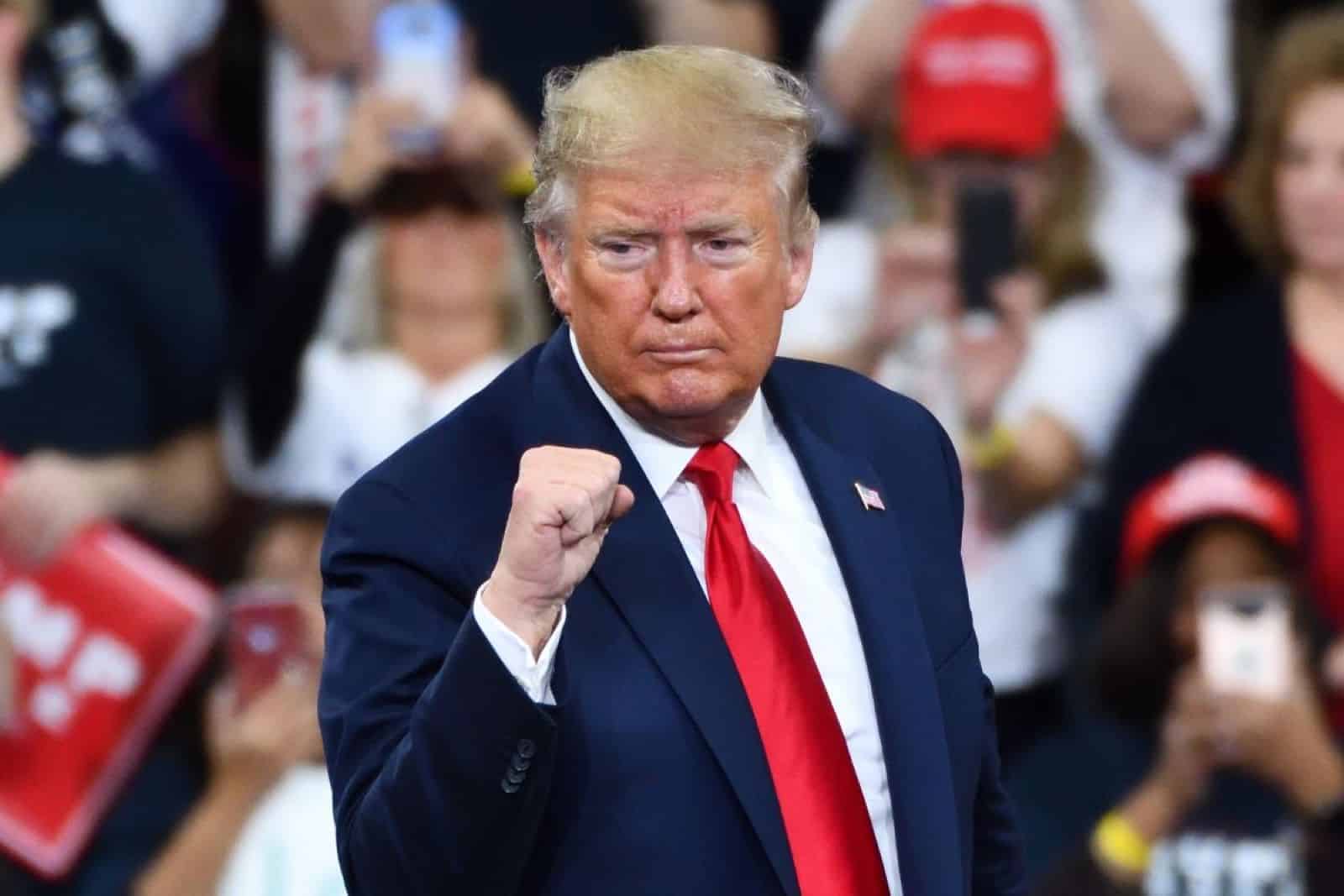
The attempt on Donald Trump’s life during a Pennsylvania rally is not an isolated event but a manifestation of the heightened political tensions in the U.S. This incident, while shocking, aligns with a trend where political figures are direct targets, reflecting a dangerous escalation in political discourse. According to the FBI, threats against political figures have surged in recent years, indicating a volatile environment where such violence is becoming more predictable.
2. Echoes of January 6, 2021
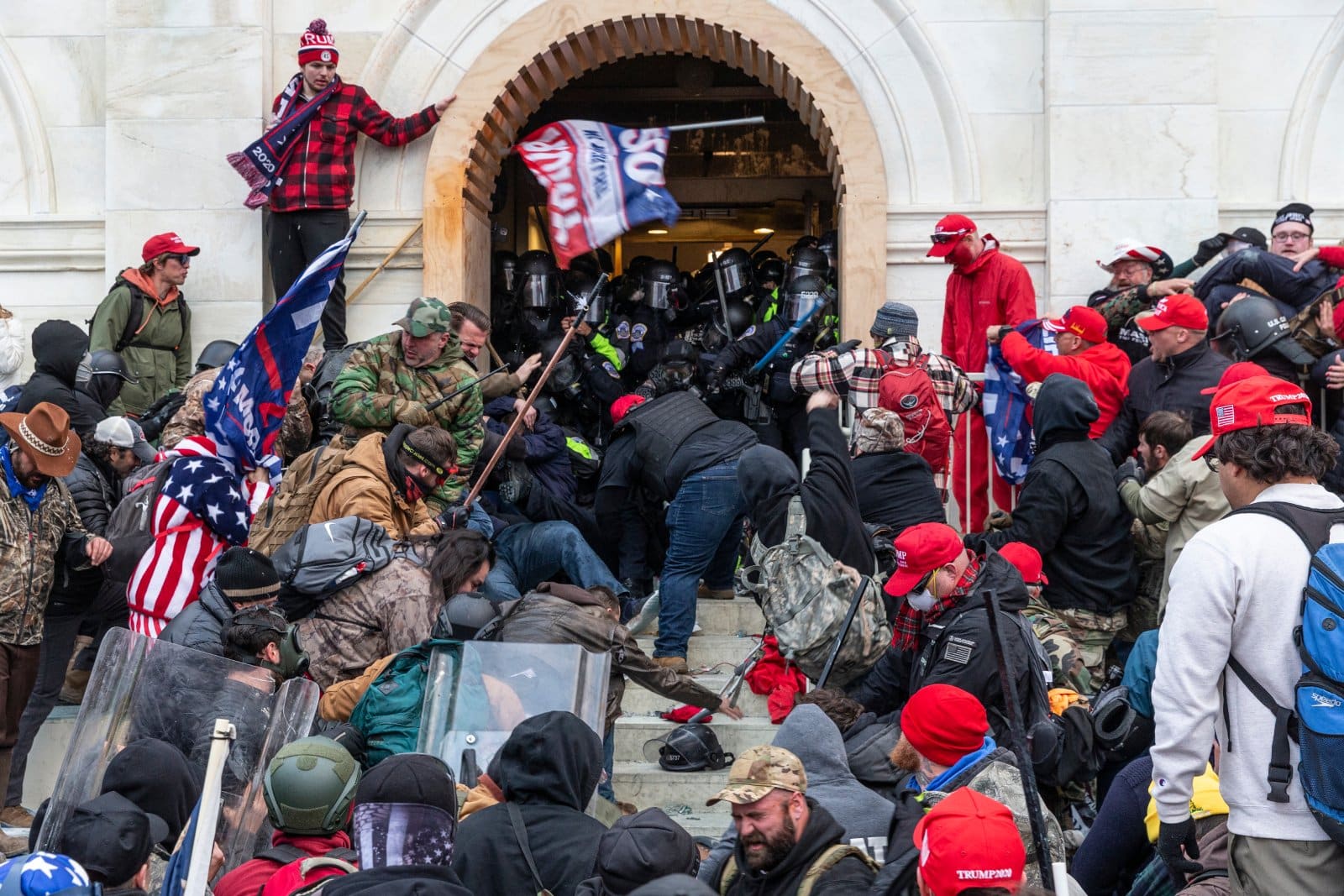
The Capitol riot was a significant predictor of the growing acceptance of extreme measures in political expression. According to the University of Maryland’s START database, political violence events have increased significantly since this landmark incident, setting a precedent that has lowered the threshold for violent political action in many people’s eyes.
3. Normalization of Political Violence
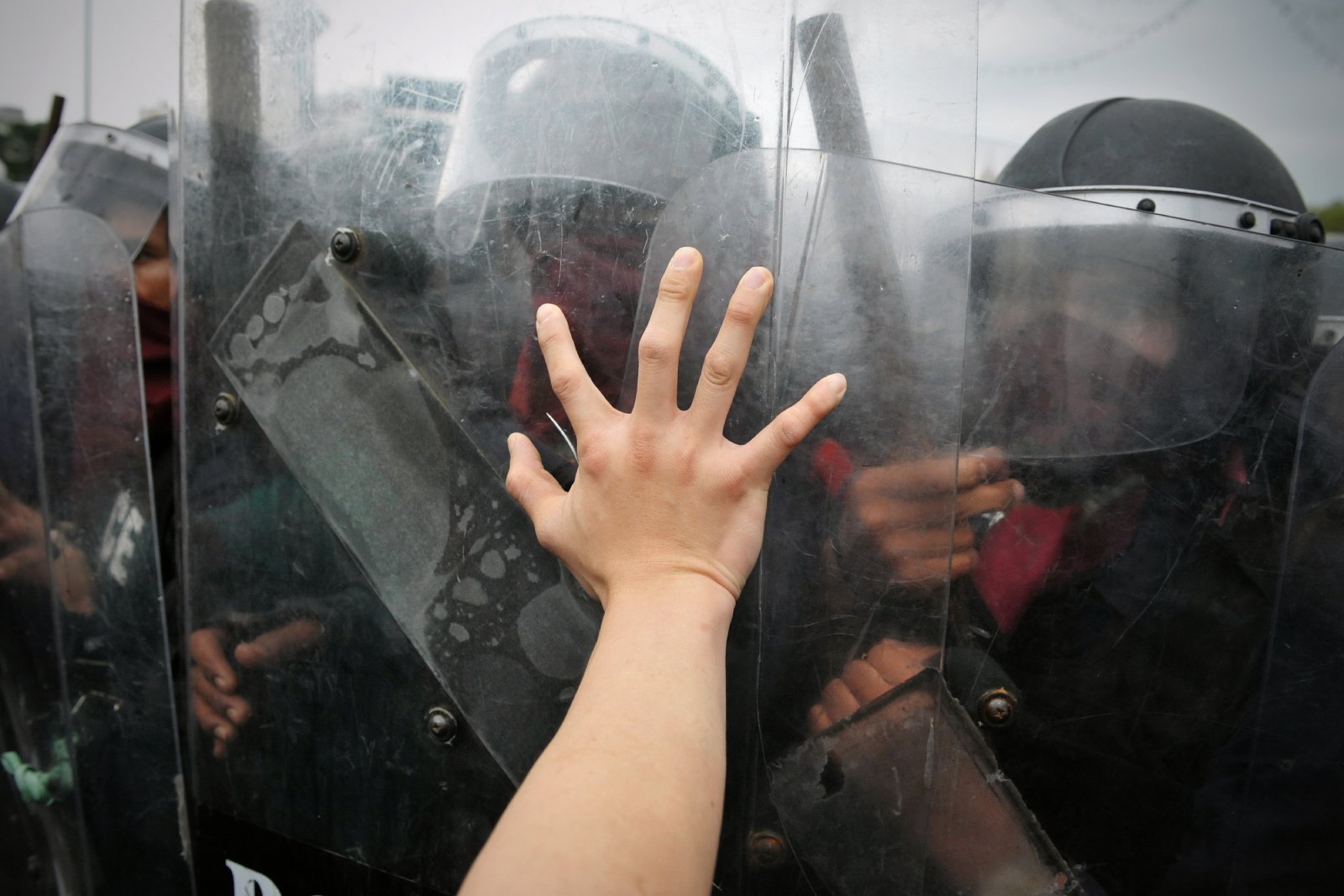
Surveys, including those conducted by the Pew Research Center, show an increasing number of Americans from both political parties justify violence as a means to achieve political ends, especially when critical outcomes are at stake. This shift is particularly notable compared to a decade ago, suggesting a radical change in public sentiment towards political violence.
4. Rising Public Concern

Most Americans now express concern about the likelihood of political violence. Data from a recent Reuters/Ipsos poll indicates that over 60% of respondents believe the current political climate is more conducive to violent acts compared to previous years.
5. Divisive Political Rhetoric
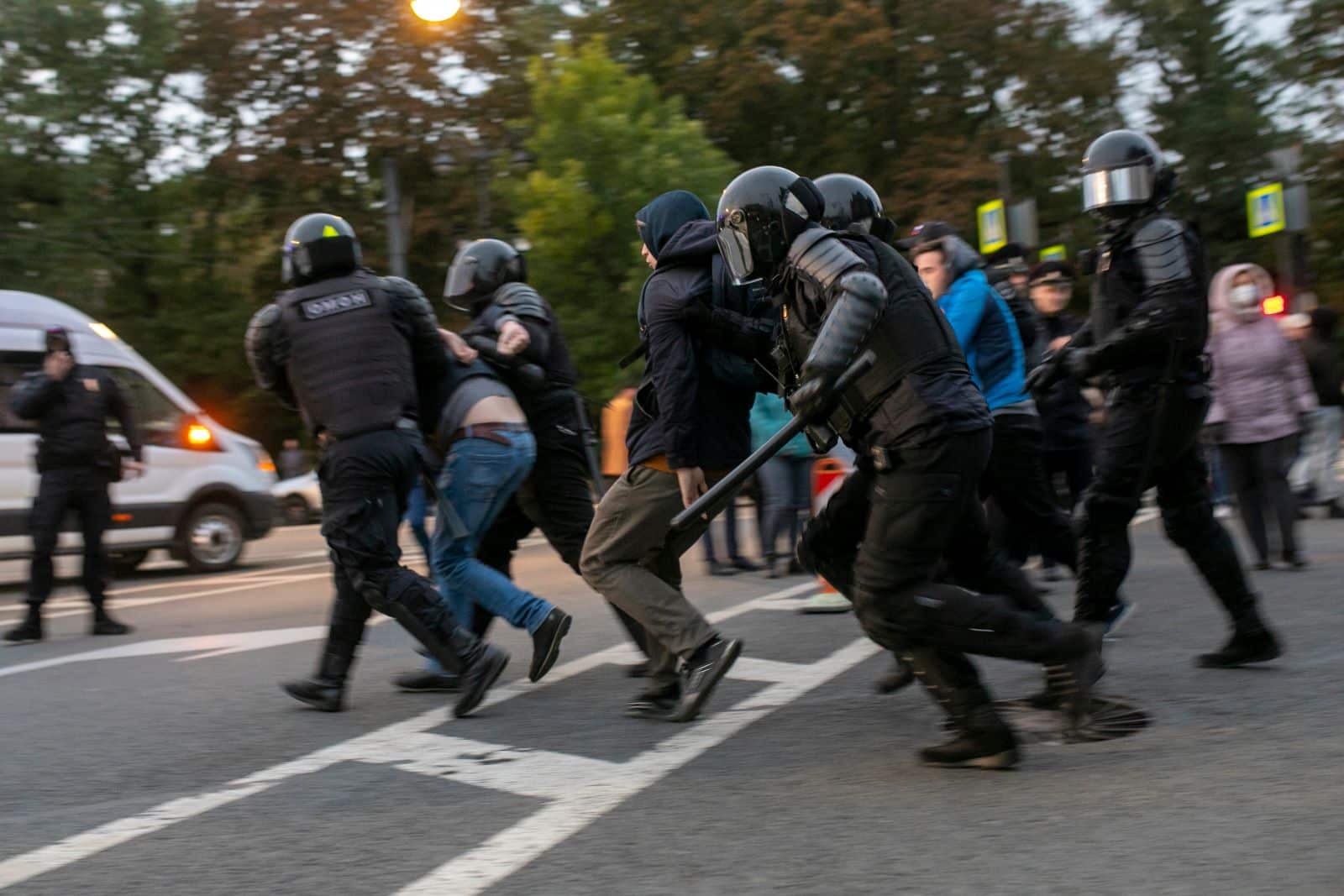
Research indicates that divisive rhetoric from political leaders correlates strongly with spikes in violent incidents. Analysis from the Global Terrorism Database shows a correlation between inflammatory political speech and an increase in reported violence, underscoring the impact of words on actions.
6. Impact of Social Media
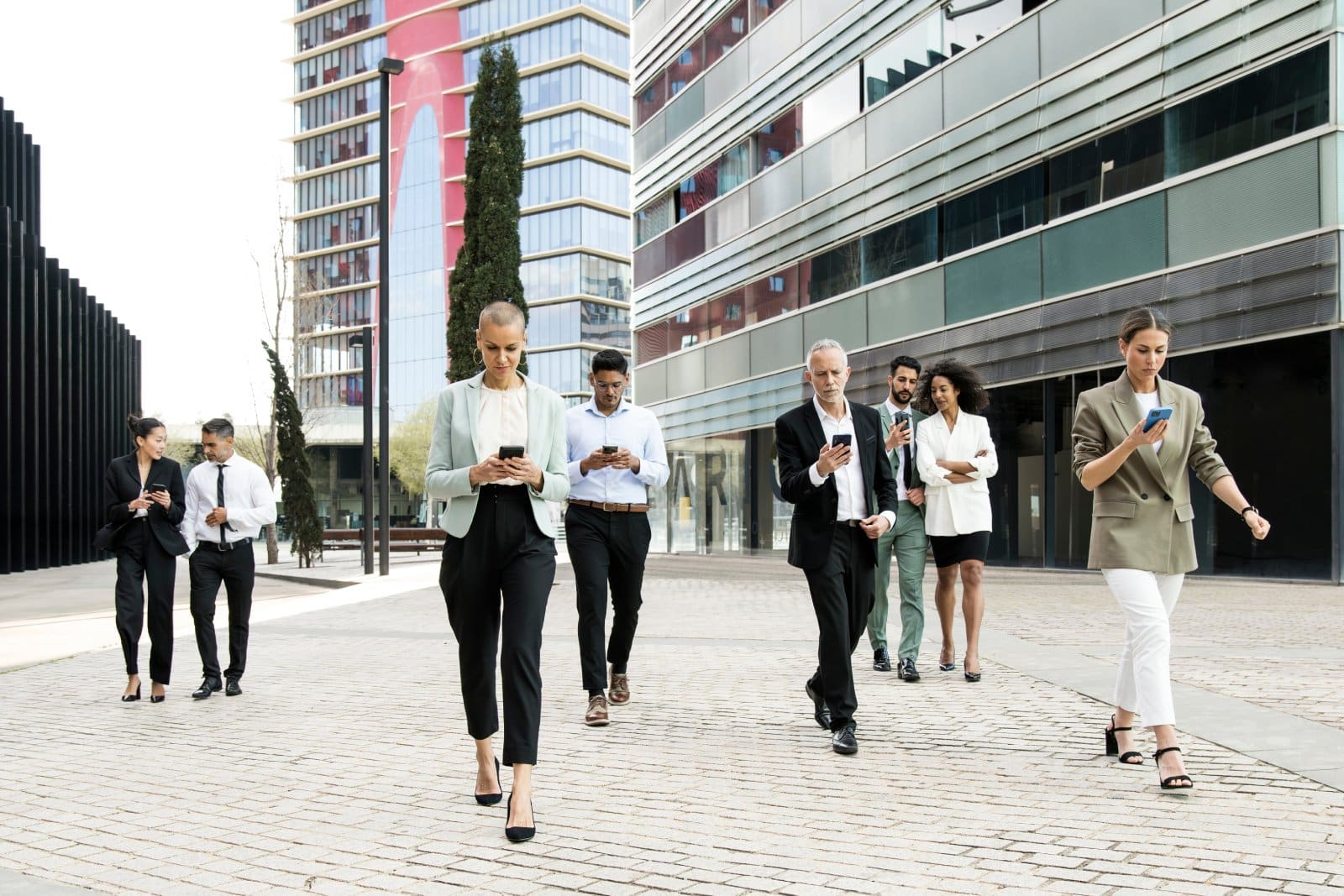
Social media has been identified as a catalyst in the spread and organization of political violence. Studies from the Stanford Internet Observatory highlight how platforms facilitate the rapid dissemination of extremist propaganda, increasing the likelihood of violent gatherings and encounters.
7. Law Enforcement’s Warning
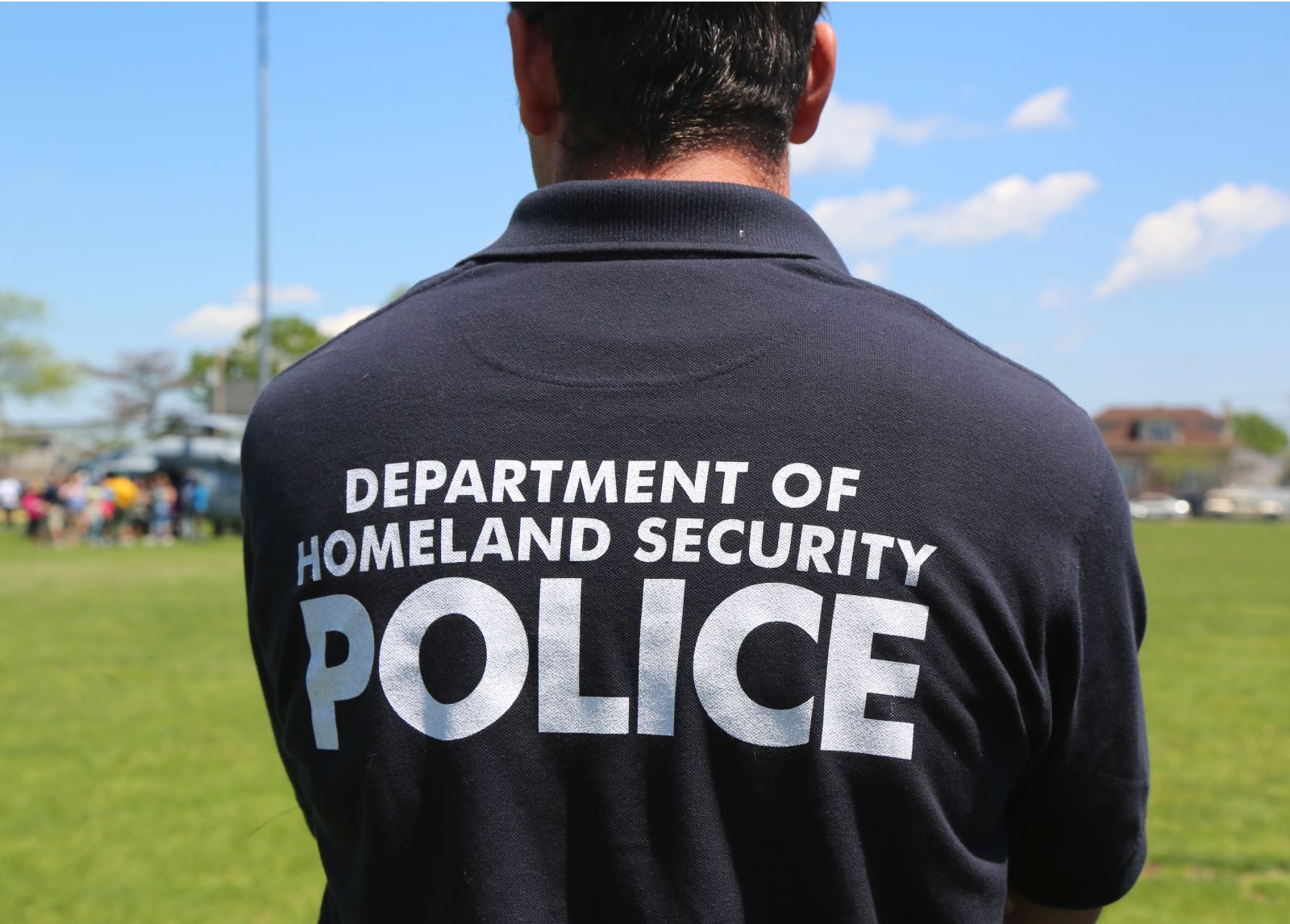
The Department of Homeland Security and FBI have issued multiple warnings regarding the rise of domestic extremism, with reports indicating a sustained increase in threats and violent incidents since 2016. These agencies emphasize the challenge of addressing politically motivated violence without infringing on civil liberties.
8. Community Tensions
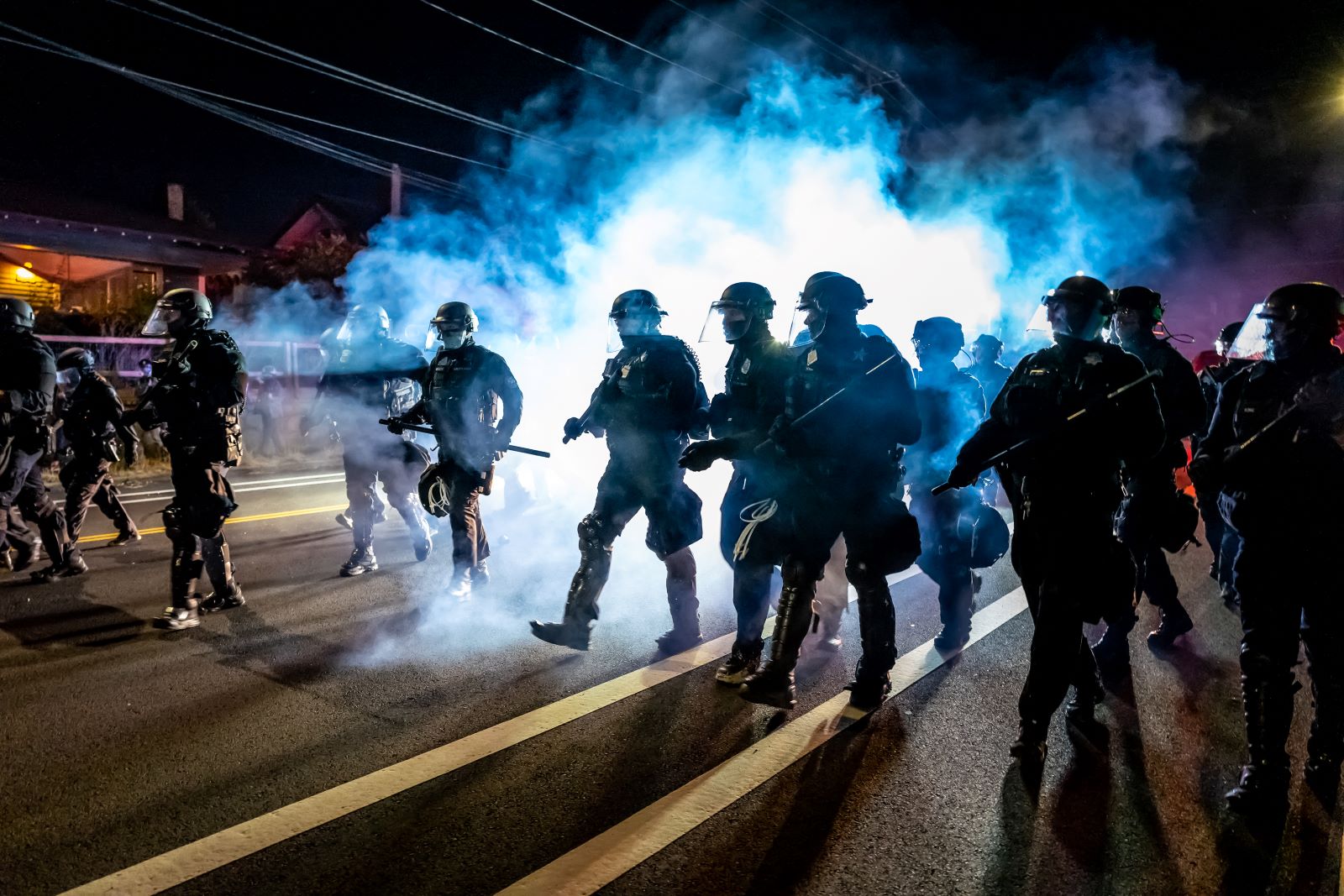
Incidents of local violence are creating deep-seated fears and divisions within communities. Data from the Armed Conflict Location & Event Data Project show that local incidents of political violence are more likely to cause long-term community disruption than larger, more publicized events.
9. Election Security Concerns
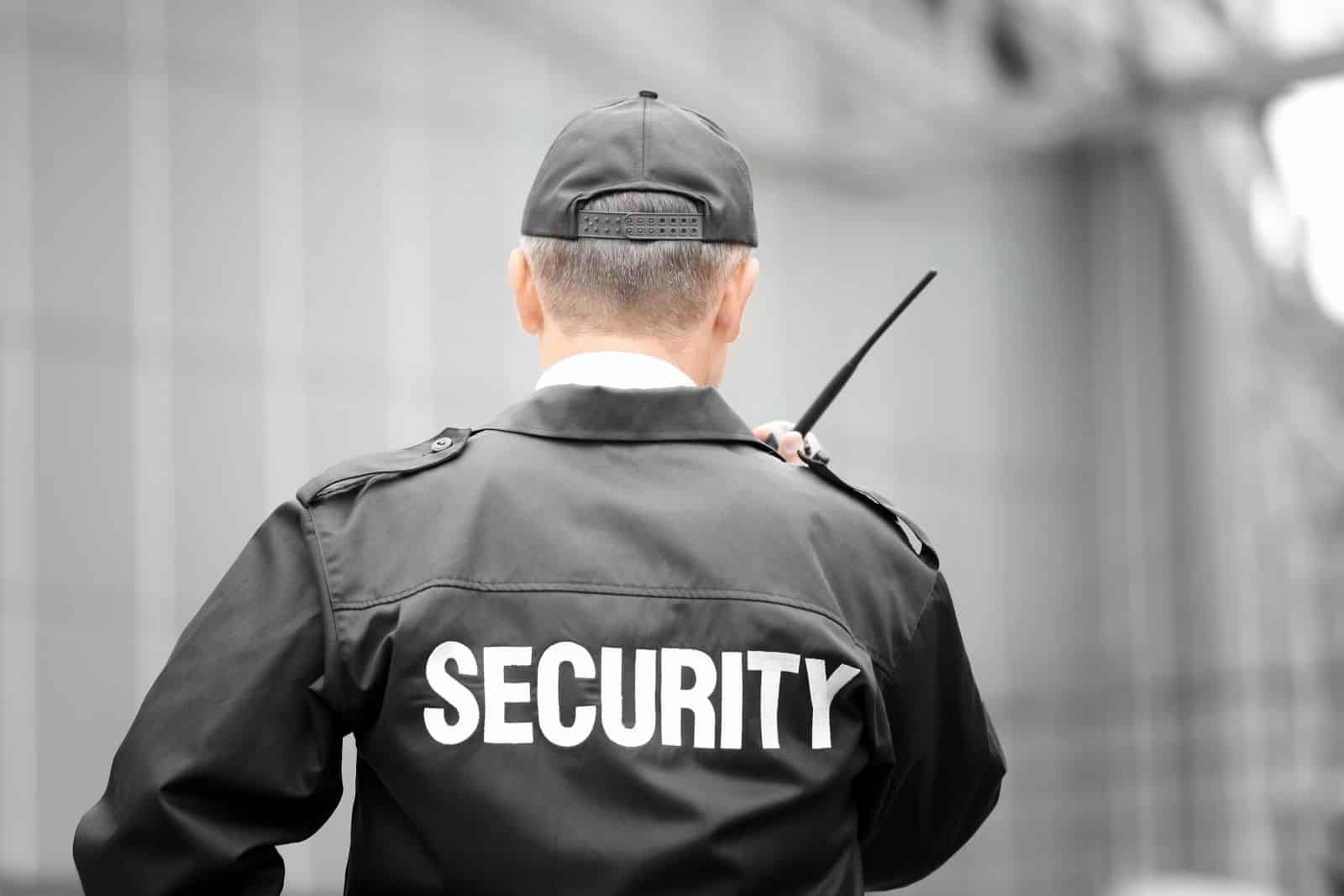
Violence around election times has become a critical concern, with many election officials enhancing security measures. A survey from the Brennan Center for Justice notes that over 70% of election workers report concerns about their safety, leading to increased security protocols at polling places.
10. Historical Comparisons and Trends
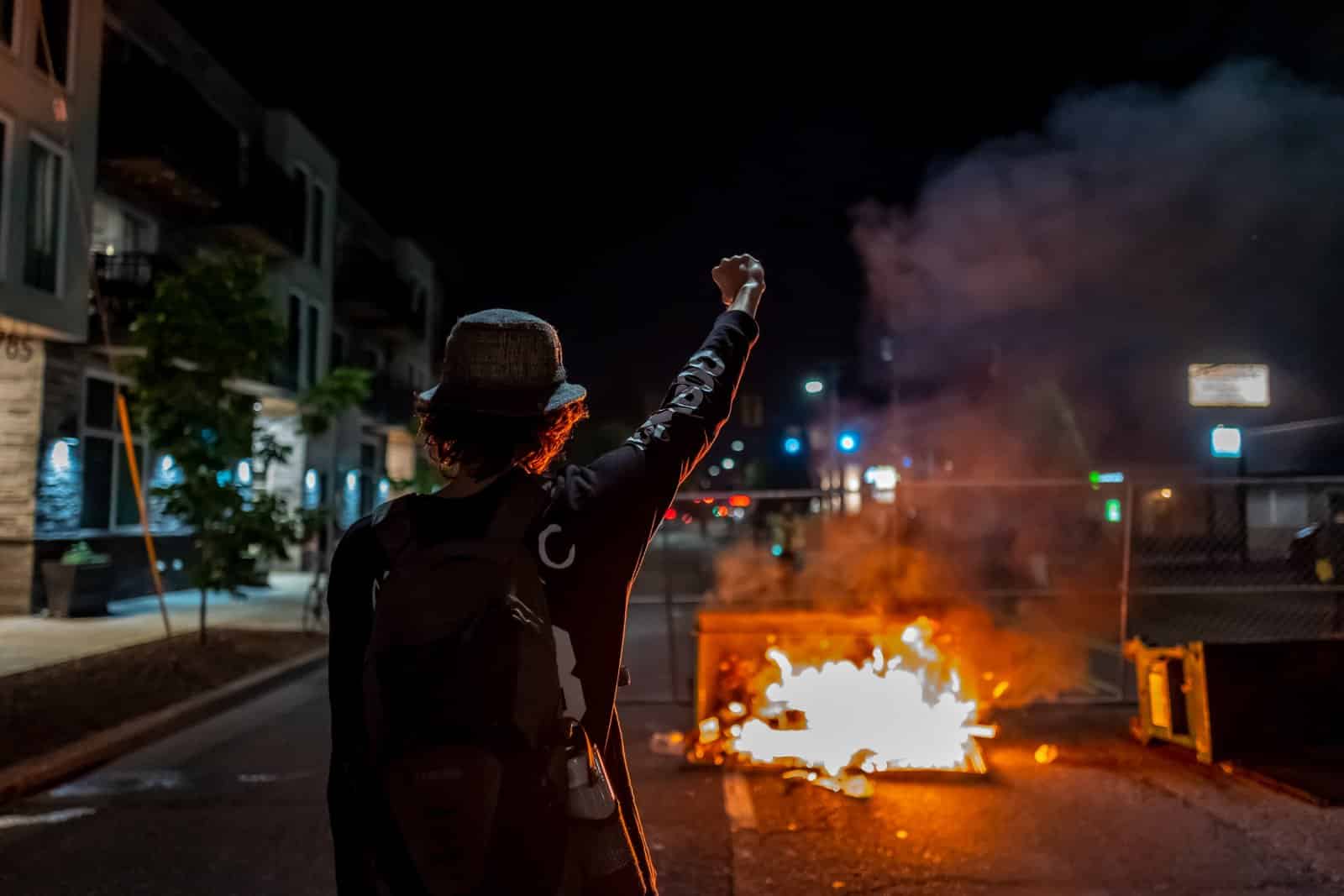
Comparisons to historical periods of political unrest, such as the late 1960s in the U.S., reveal significant differences in targets and tactics of political violence. Research from the Carnegie Endowment for International Peace suggests that unlike past periods focused on property damage, current violence increasingly targets individuals, indicating a shift towards more personal and deadly objectives.
11. Extremism’s Role
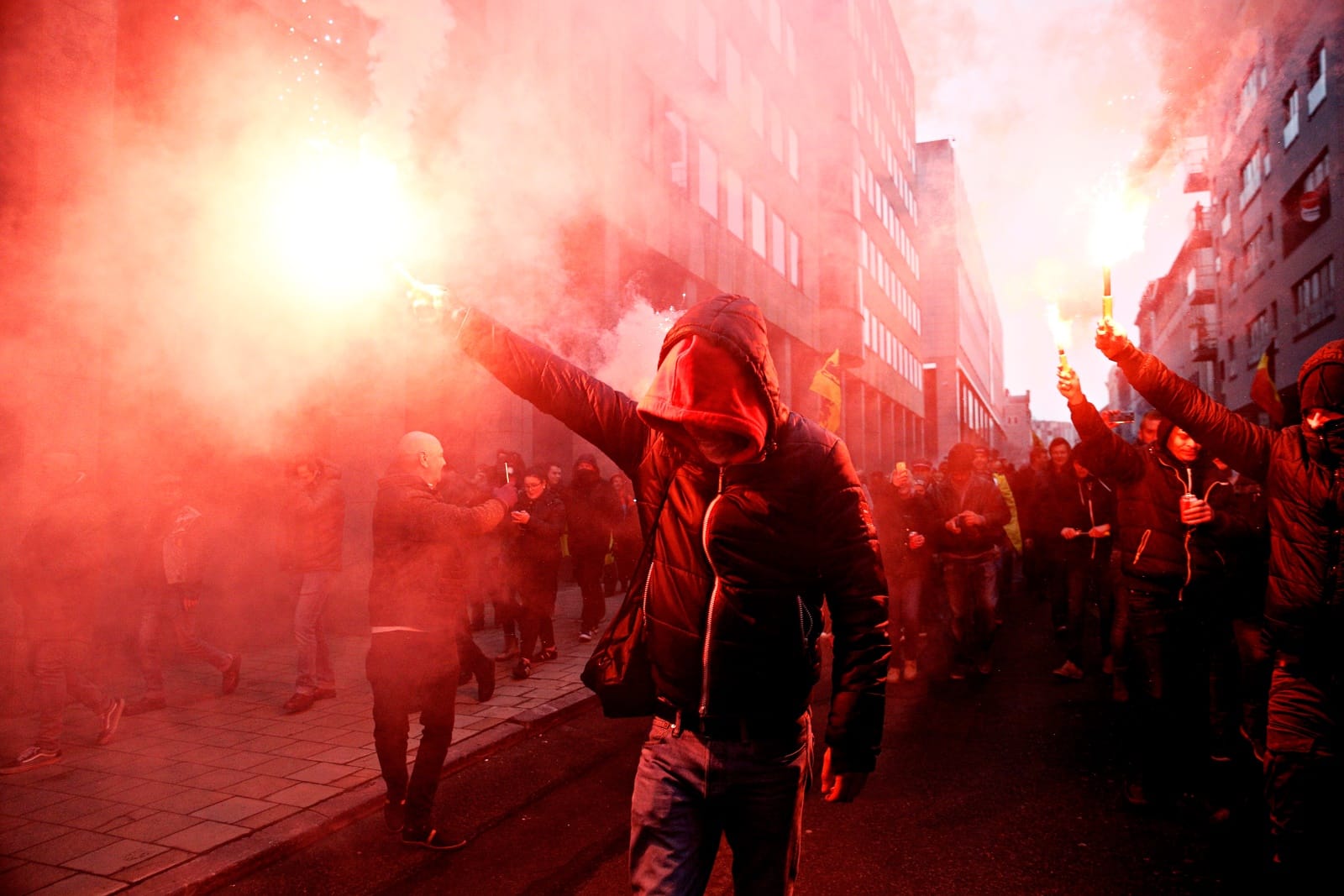
The involvement of extremist groups in political violence has escalated, with these groups often using events as platforms to promote their agendas. The Center for Strategic and International Studies reports a doubling in activities by recognized extremist groups involved in violent acts over the past five years.
12. Legal and Judicial Challenges
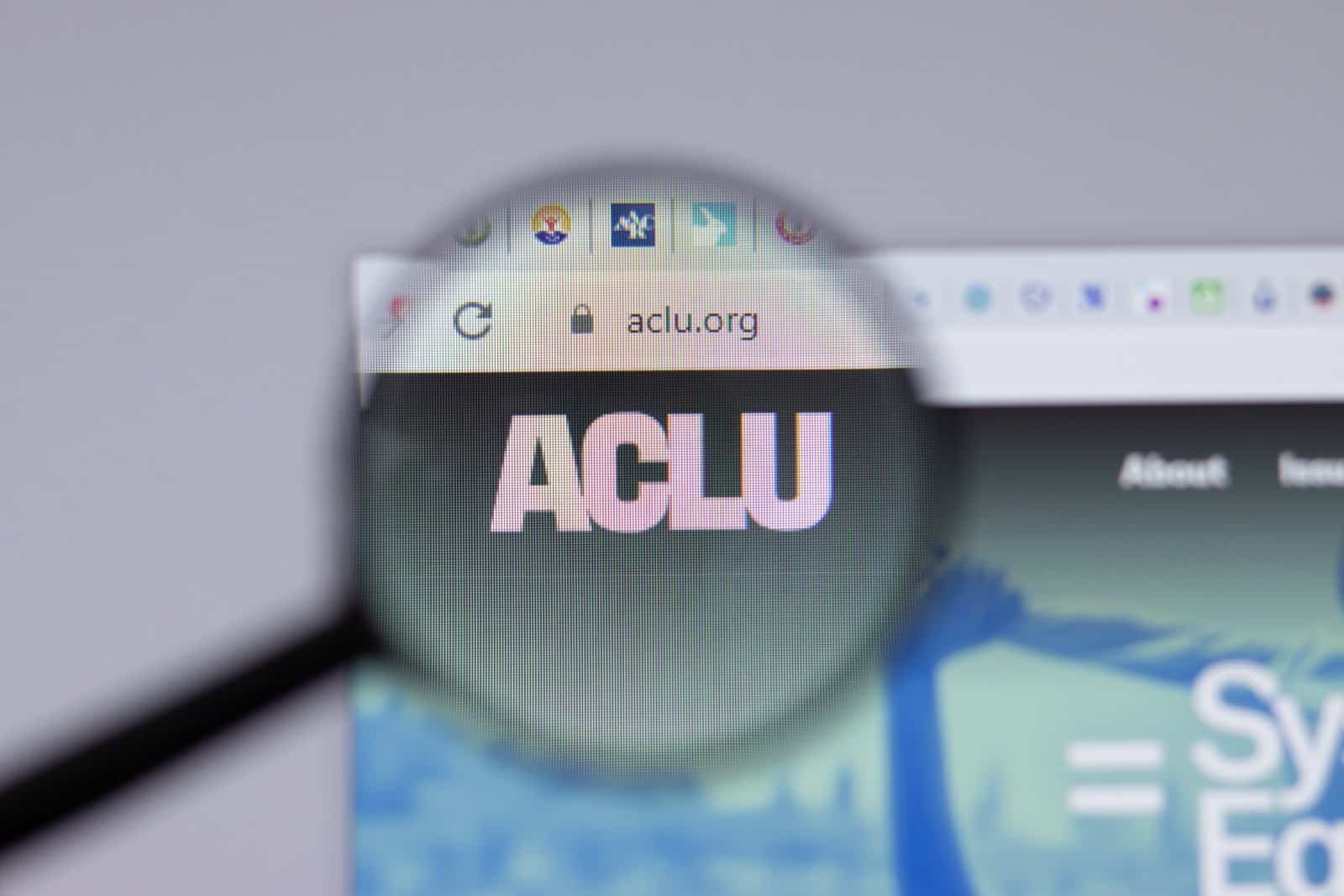
The increase in political violence poses unique challenges for the legal system, which struggles to balance enforcement with rights to free speech and assembly. Case studies from the ACLU show that prosecutions often face hurdles distinguishing between constitutionally protected activities and genuine threats to public safety.
13. Psychological Impact

The continual exposure to political violence has significant psychological effects on the public, leading to increased anxiety and division. Research from the American Psychological Association indicates that exposure to political violence significantly correlates with higher levels of stress and fear among populations.
14. Economic Fallout
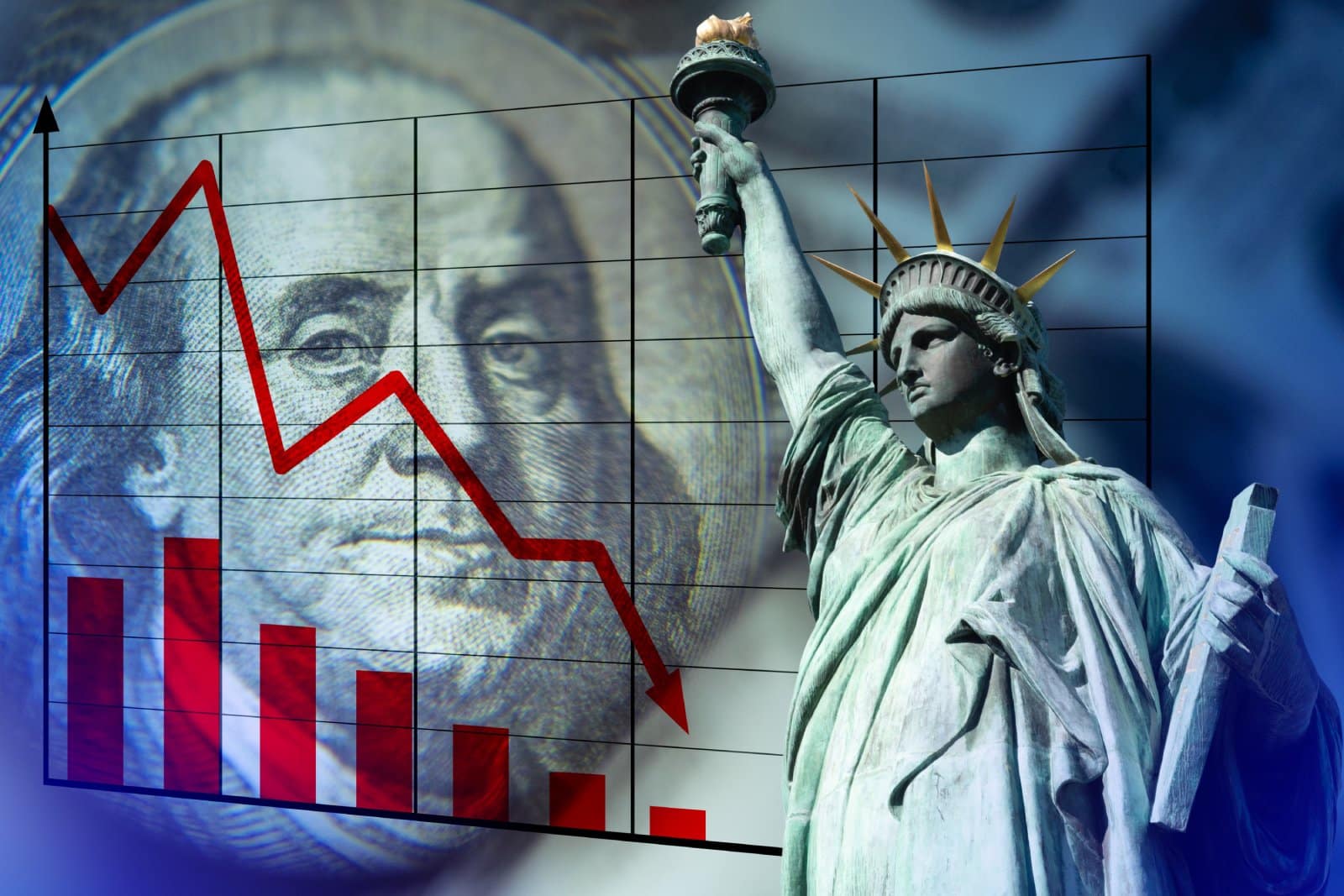
The rise in political violence affects local and national economies, as seen through decreased consumer confidence and disruptions to local businesses. An analysis from the Economic Policy Institute estimates that high-profile incidents of political violence have led to measurable dips in local economic activity, impacting employment and investment levels.
15. Global Increase in Political Violence

The Institute for Economics & Peace notes that political violence is increasing globally, not just in the U.S., as economic instability and political polarization contribute to societal unrest.
16. Impact on Democratic Processes
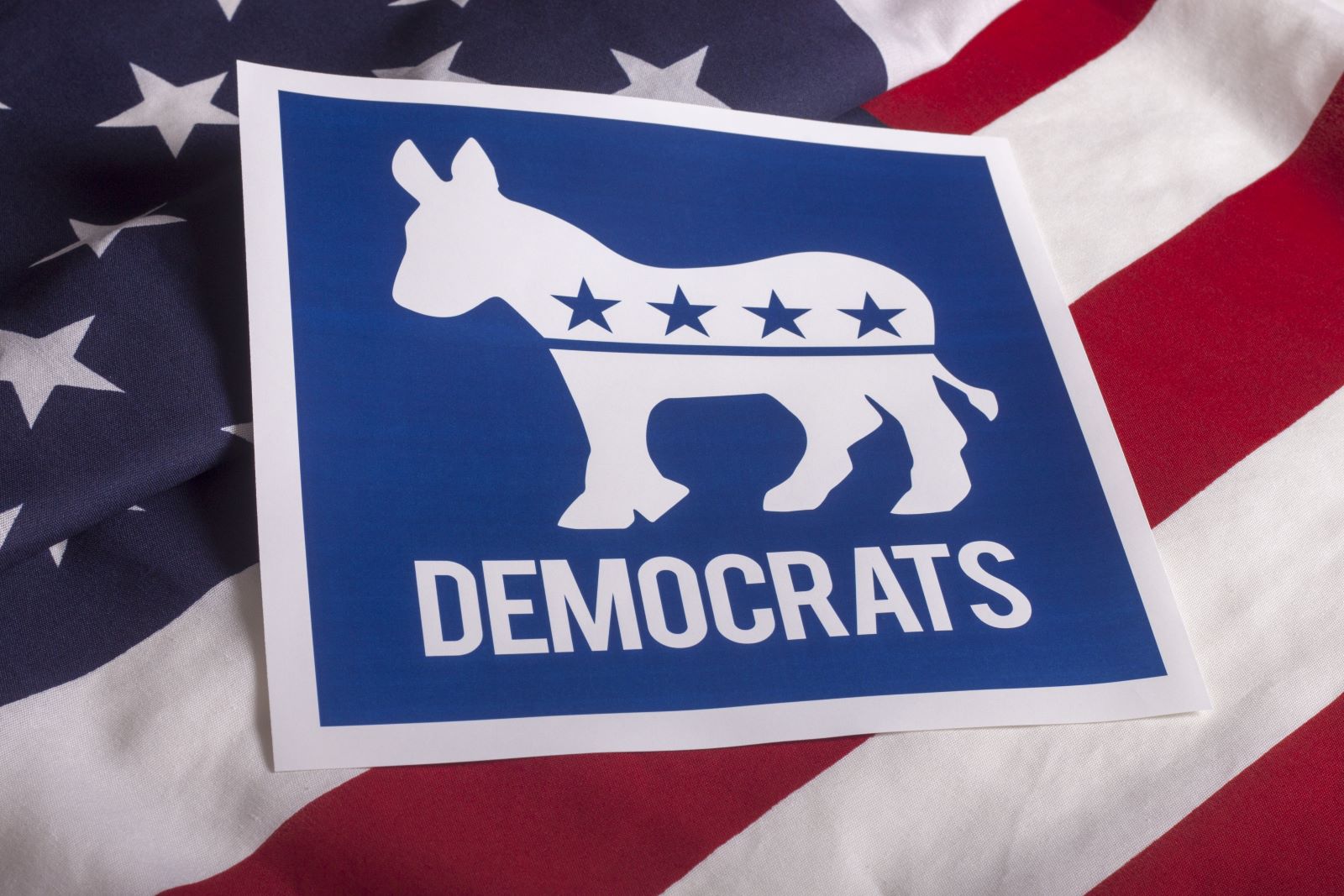
Political violence threatens the core of democratic processes, eroding trust in electoral systems and potentially deterring public participation in governance.
17. Targeted Attacks on Public Figures
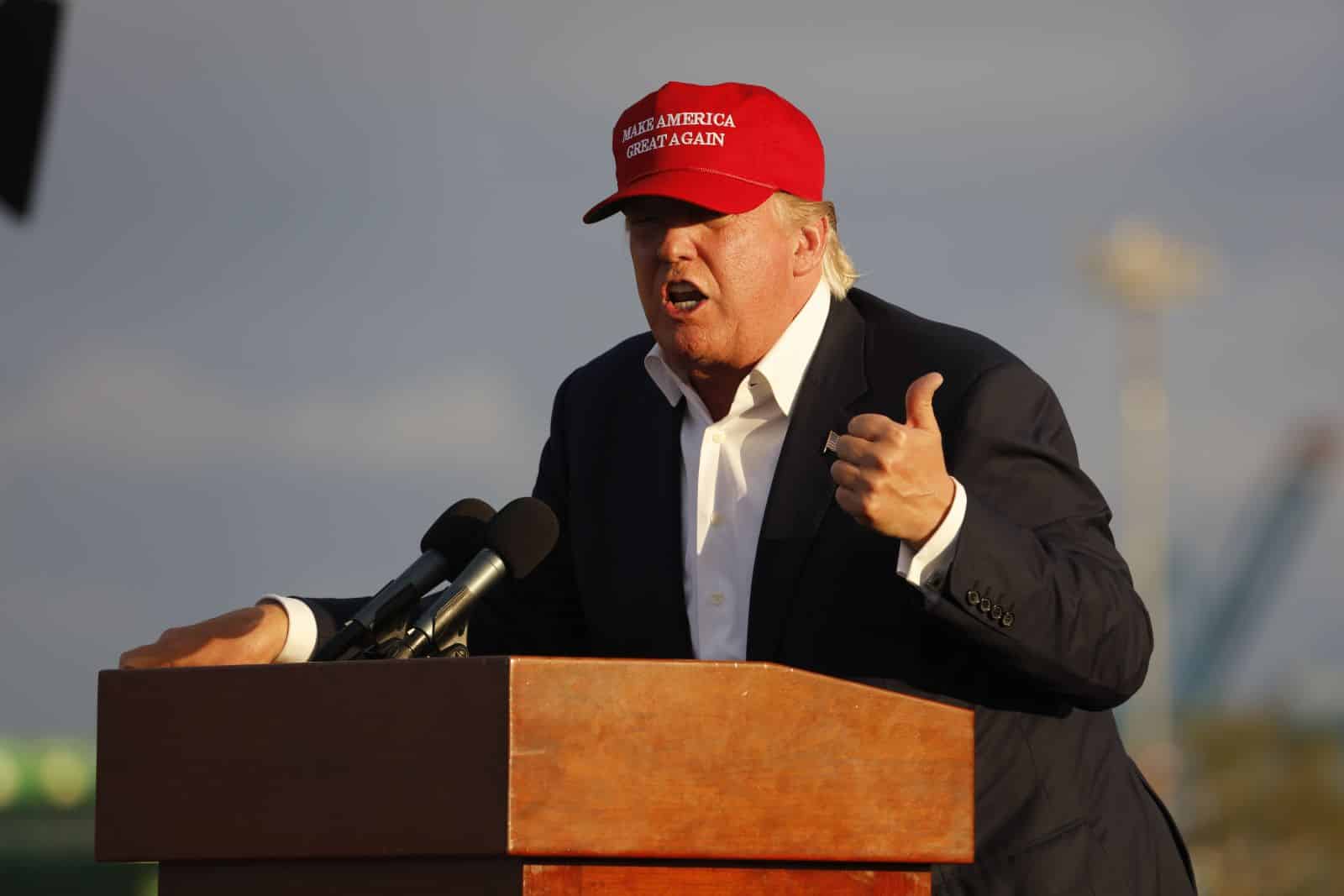
The rise in targeted attacks on public figures, as seen with Donald Trump and other politicians, signals a worrying trend where personal safety becomes collateral in political conflicts.
18. Polarization and Violence
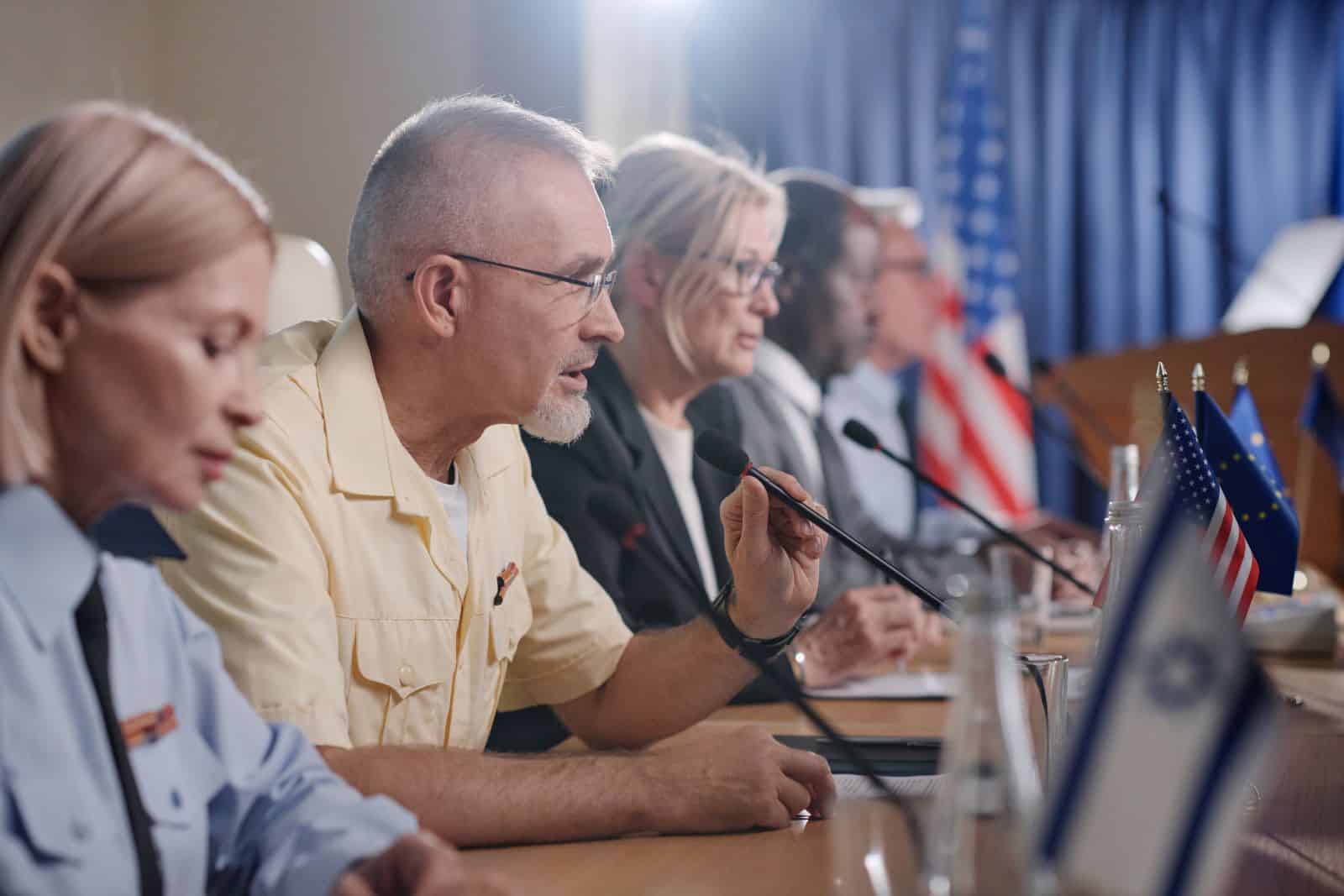
Deepening political polarization is directly linked to the rise in violence, with partisans viewing opponents not just as wrong but as existential threats to their way of life.
19. Responses to Political Violence
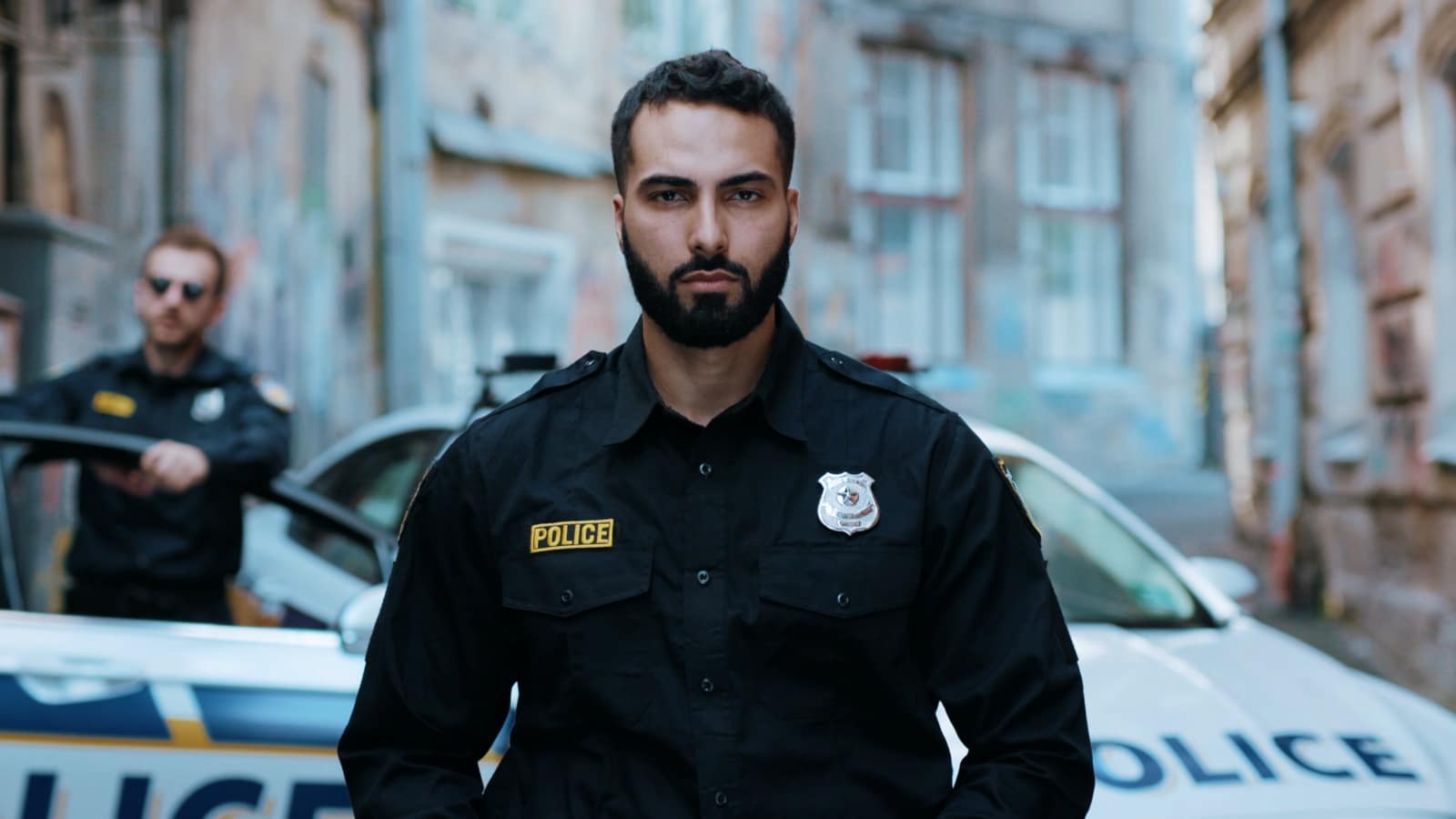
Efforts to mitigate political violence are varied, from increasing law enforcement presence at events to community-led initiatives aimed at reducing tensions and fostering dialogue.
20. Misinformation and Violence
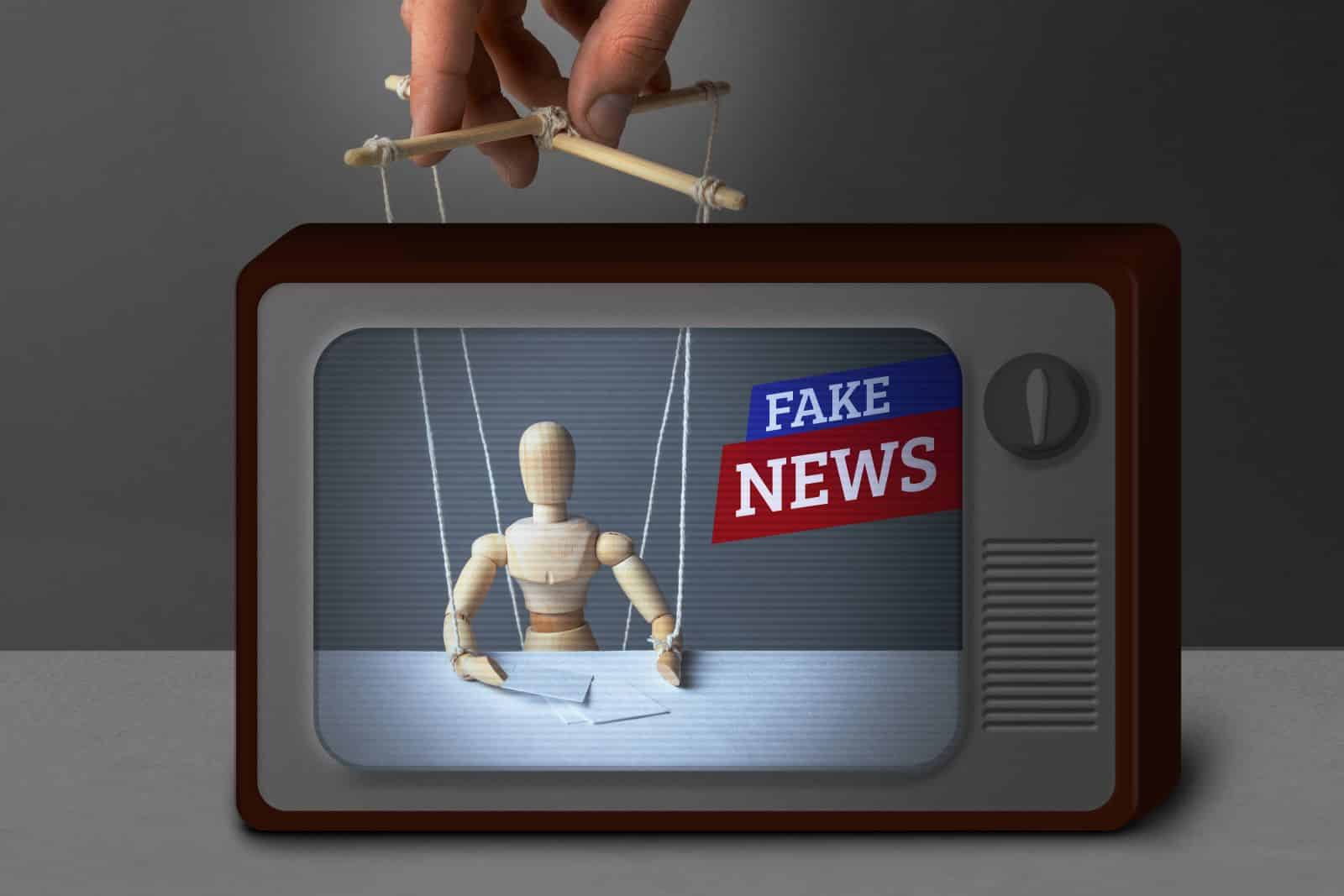
The spread of misinformation contributes significantly to political violence, with false narratives often inciting or justifying violent actions against targeted groups or individuals.
21. Predictive Indicators of Violence

Emerging research aims to identify predictive indicators of political violence, offering the potential for preemptive actions to prevent violent escalations before they occur.
Reflections on a Divided Nation
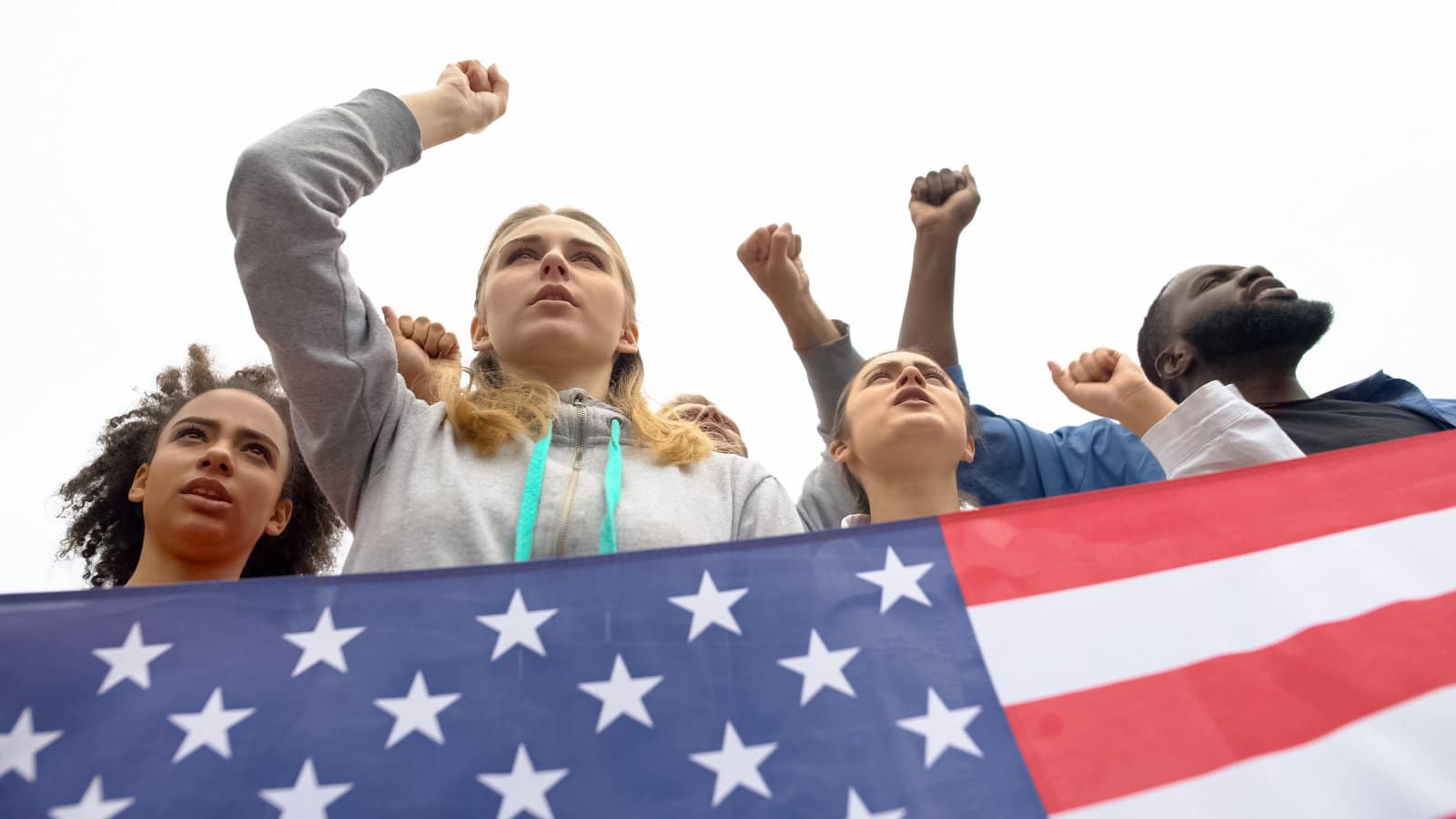
The assassination attempt on Donald Trump and other incidents of political violence is symptomatic of a broader crisis in American society, where political divisions have deepened to the point of erupting into violence. This trend challenges the resilience of democratic institutions and the very social fabric of the nation. As Americans, addressing this issue requires a collective effort to restore civility and understanding across political lines.
21 Beliefs About the Bible That Are Actually False
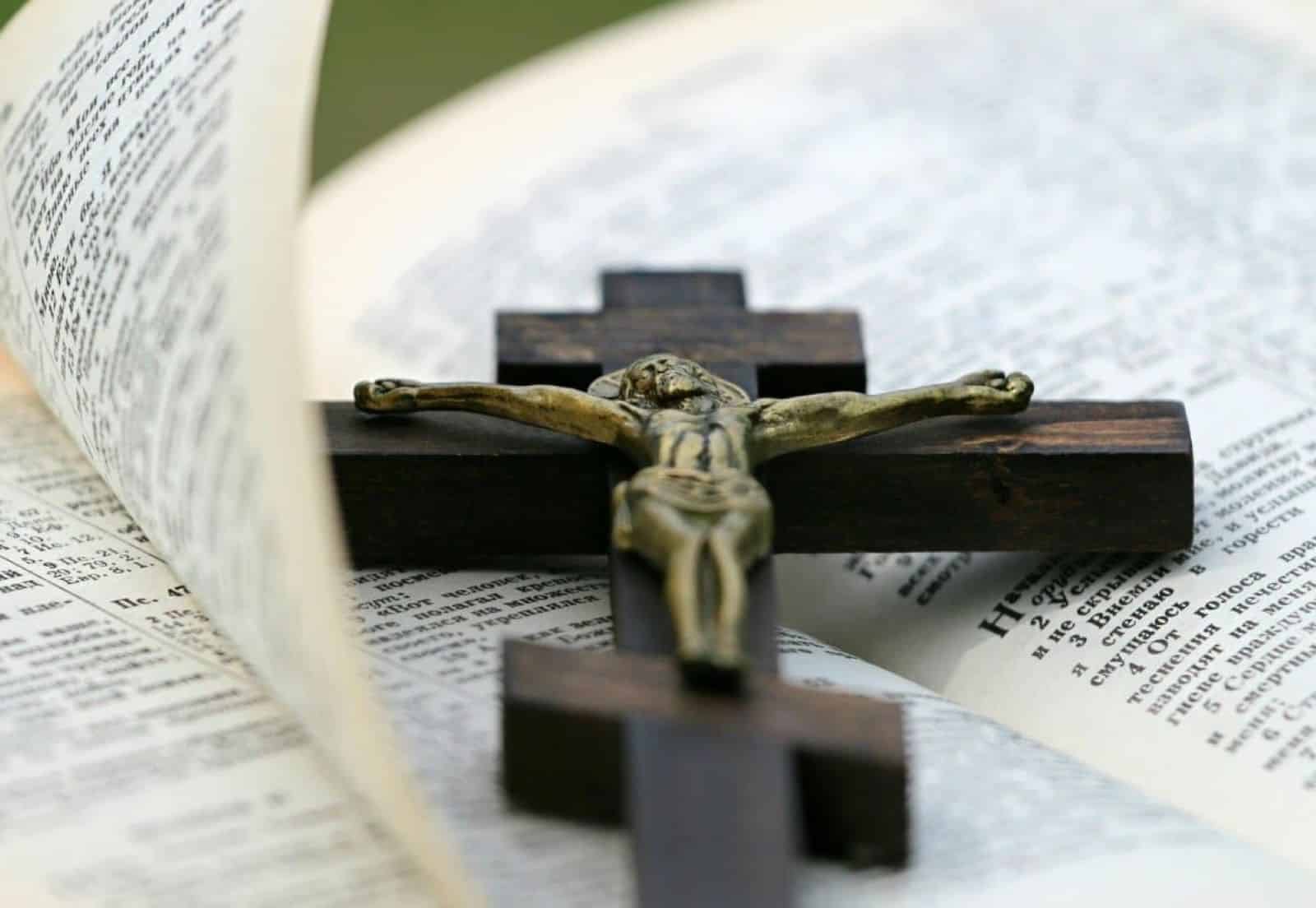
The Bible is one of the most discussed and debated books in history, yet many common beliefs about it are more myth than fact. How many of these misconceptions have you heard before? 21 Beliefs About the Bible That Are Actually False
21 Subtle Racisms That Are Commonplace in America
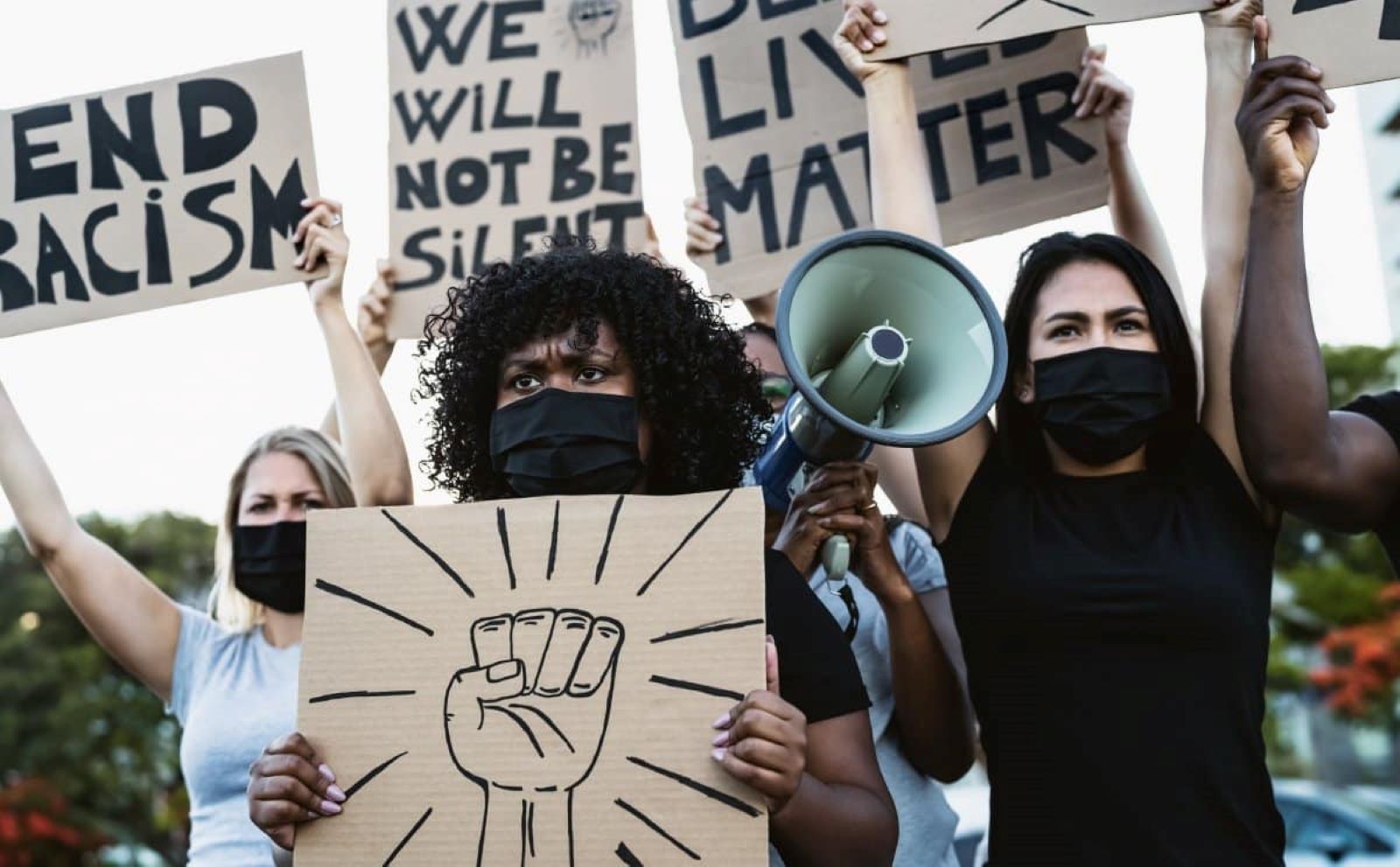
Racism in America isn’t always overt; it often hides in plain sight through subtle actions and attitudes. How many of these subtle racisms have you noticed around you? 21 Subtle Racisms That Are Commonplace in America
Only Legal in America: 21 Things You CAN’T Do in the Rest of the World
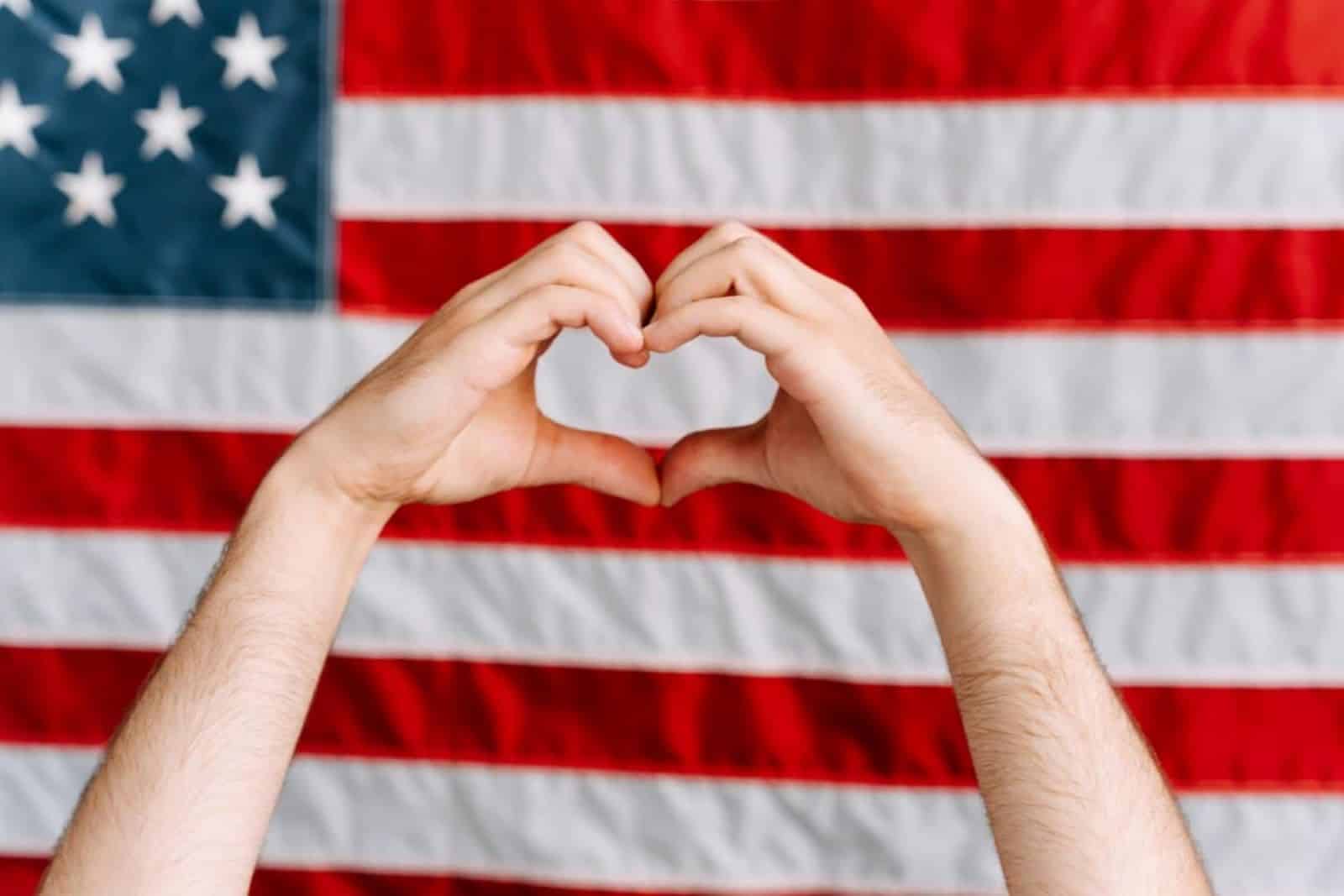
The U.S. dances to its own beat, especially when it comes to laws that make the rest of the world do a double-take. Here’s a lineup of things that scream “Only in America,” sticking strictly to what’s written in the law books. Ready for a tour through the American legal landscape that’ll leave you wondering if freedom might just be a bit too free? Only Legal in America: 21 Things You CAN’T Do in the Rest of the World
Featured Image Credit: Shutterstock / lev radin.
For transparency, this content was partly developed with AI assistance and carefully curated by an experienced editor to be informative and ensure accuracy.

